There is much that is mind-expanding in On Being’s Krita Tippett’s revelatory interview with technologist/artist James Bridle on the nature of intelligence. The most moving, for us, was learning about Pando, a clonal aspen tree that is one of the largest and oldest beings on earth. Over 100 acres wide, it has been hiding in plain sight for thousands of years in Fishlake National Forest in Utah. It is made up of over 40,000 branches that look like individual tree trunks, but are in fact genetically identical parts of a single tree connected by a massive root system. Explains Bridle:
…our idea of a tree is something that is above ground, that is the trunk and the crown because that is what we see. What we have failed to see, most of us have failed to see, for most of the time is the connections underground. And in the case of Pando, these connections are very explicit in the fact that there is one single root system that underlies tens of thousands of what we see as trees.
So what we see at ground level is a forest of aspen trees, but that forest is one single organism. And each tree is in fact a shoot of a common one single root system. So they all share the same DNA. They are in fact one organism. And this was not recognized, this was not seen until the 1950s or 1960s and is, for me, a great example of this kind of complete reframing of what constitutes an organism but also such a clear illustration of the narrowness of what we see …
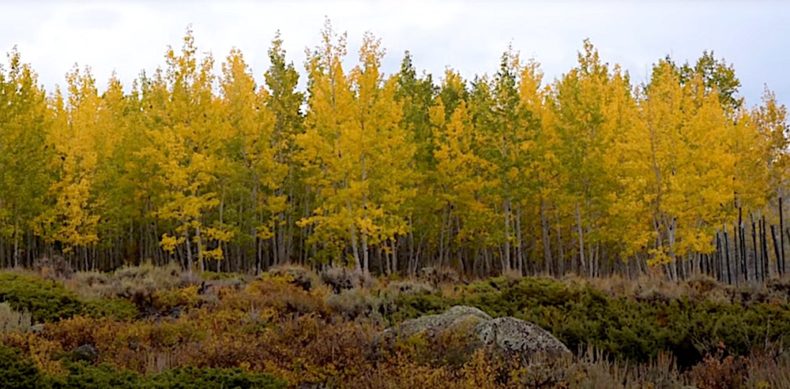
We enjoyed watching this amateur educational video about Pando, though we learned from a a reader that some of the info is incorrect (see her Comment below). But we like it even more with the sound off as we imagine being in the aspen grove that is really a single organism, and what that must feel like.
The big revelation of Pando is what we have failed to see through old habits of thinking: the connections and intelligence that are all around us, waiting to be found. Bridle goes on:
We’re shaped by what we can perceive and what we can perceive is shaped both by the tools that we have to hand, our physiognomy, but also our imaginations and the culture in which we exist. But it doesn’t take much pushing on those things to change those perceptions…in really interesting ways…
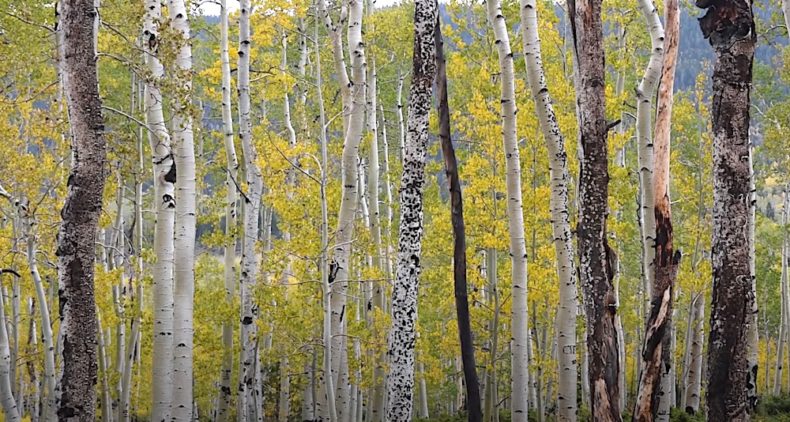
And just by a very small shift in awareness, the world starts to speak in a way that it really hadn’t before. Not necessarily immediately, but just by letting those kind of various encounters sit with you.
Bridle describes the shift that occurred in his thinking when he realized there was a deep relationship between awareness of the mycorrhizal networks and the construction of technological networks of the internet…that they both happened at the same time.
We had to build our own little networks before we saw the networks that already exist in the world.
(And that is a whole story in itself, with many complex ideas and connections… You can learn about it the OnBeing interview.)
As we were mulling the idea of hidden connections we may be blind to, we read this passage in Victuals, An Applachian Journey with Recipes, Ronny Lundy’s evocative paean to Appalachia, whose central theme is the deep currents of connection that course through its unique culture, that the greater American culture has been blind to. Her visit with renowned seed saver Bill Best is but one example:
And even, he says, if Johnnie and Ethel had planted from the same initial seed but on different sides of the creek, with different soil and shade and aspects to the sun, in a matter of just a few growing seasons, those seeds might have changed enough to produce two distinctly different green beans. There’s magic in that, Bill says, and again, it’s the magic of connection: from one season to the next; from mother’s hand to son’s to grandchild’s; from one mountain holler to another; from past to the present and now, hopefully, to the future.“
Seeing connections powerfully expands our view of the world.
…
One day, we hope to camp at the Doctor Creek Campground, which lies in the heart of Pando…
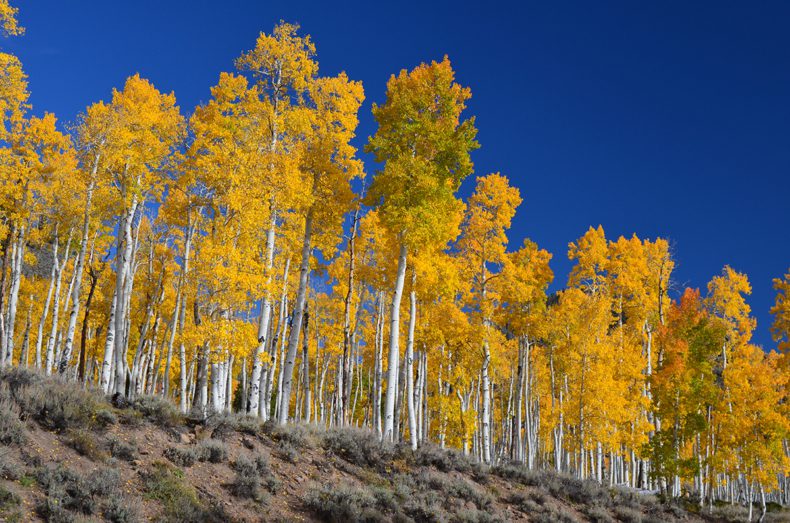
Related Posts

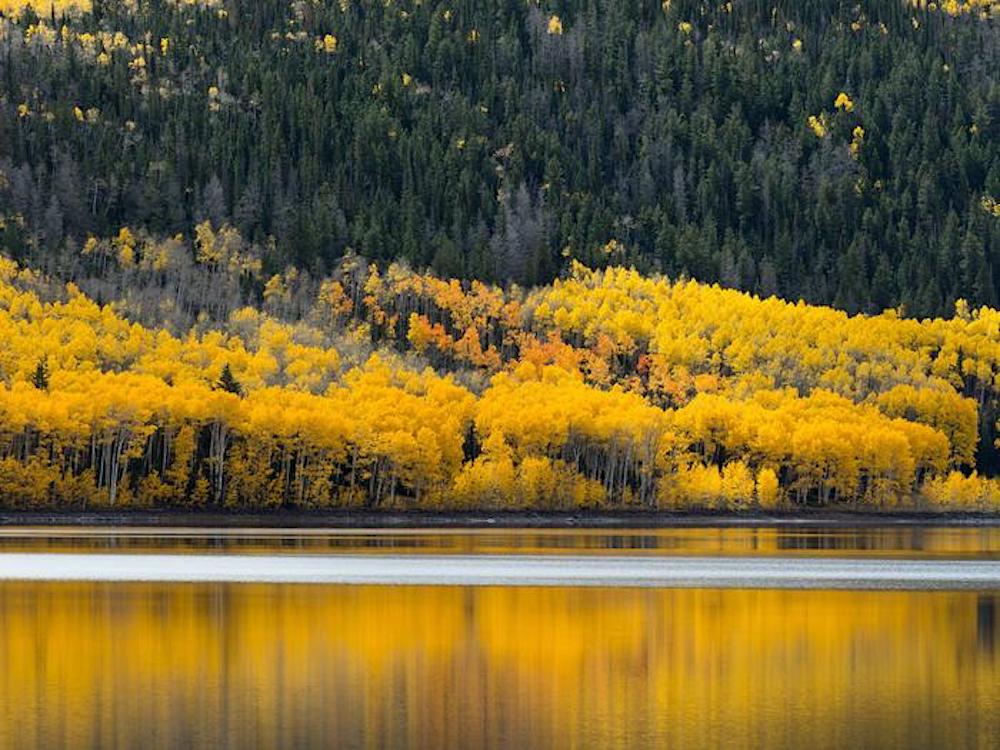
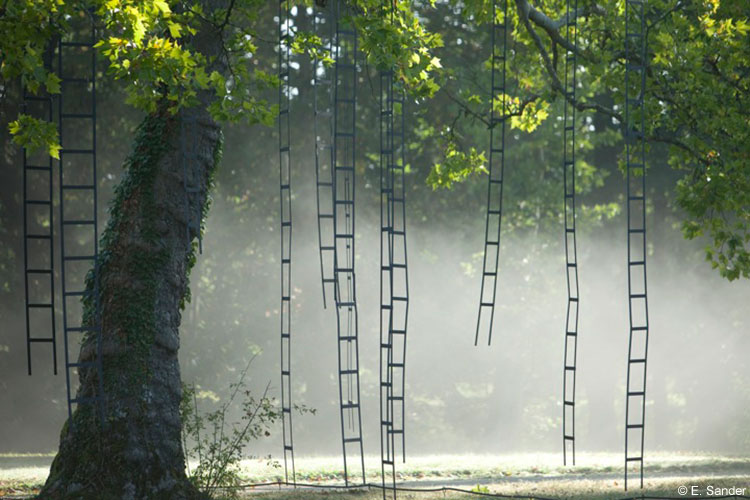


The Aspen petioles are flat, most leaves have round tiny stems (petioles) and do not move in the winds. Major difference!
The Aspen petioles are flat, most leaves have round tiny stems (petioles) and do not move in the winds. Major difference!
And the guy is seemingly unaware of appropriate botanical terminology- he isn’t seeing stems arise from the soil, they are immature trunks, or shoots from the roots. He is also not standing on roots 10,000 years old- roots die & are replaced by new roots.
EHill
M.S. Botany
Thank you. I’ve updated to post to reflect your comment.